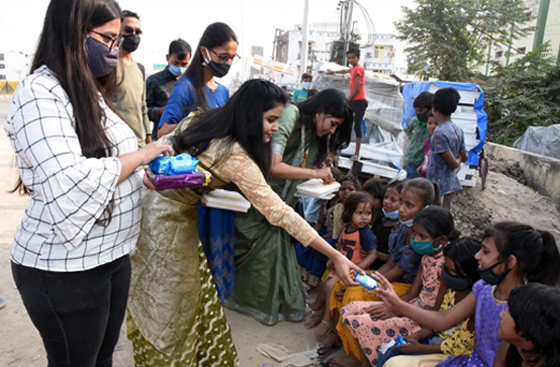Women’s rights in India have been a topic of significant discourse and action over the years. Despite constitutional guarantees and numerous legal frameworks aimed at protecting and promoting the rights of women, the journey towards achieving true gender equality in India is still ongoing. This article explores the evolution of women’s rights in India, the current state of these rights, and the challenges and future directions for improving women’s status in society.
Historical Context
Ancient and Medieval Periods
In ancient India, women enjoyed a relatively high status in society. They were educated, could participate in philosophical discussions, and even held important positions. However, the status of women began to decline in the medieval period, with the imposition of patriarchal norms and practices like child marriage, sati, and purdah.
Colonial Period
The British colonial era brought both positive and negative changes for women in India. While British laws and education reforms helped in abolishing practices like sati and promoting female education, the period also saw the consolidation of patriarchal systems.
Legal Framework and Policies
Constitutional Provisions
The Constitution of India, adopted in 1950, provides a strong foundation for women’s rights. Articles 14, 15, and 16 guarantee equality before the law, prohibit discrimination based on sex, and ensure equal opportunities in public employment, respectively. Article 39 directs the state to ensure that men and women equally have the right to an adequate means of livelihood.
Key Legislations
Several significant laws have been enacted to protect women’s rights in India:
- The Hindu Marriage Act, 1955: This law aimed at reforming Hindu personal law, providing women with rights related to marriage, divorce, and maintenance.
- The Dowry Prohibition Act, 1961: This act seeks to prevent the giving and receiving of dowry.
- The Protection of Women from Domestic Violence Act, 2005: A comprehensive law aimed at protecting women from domestic violence.
- The Sexual Harassment of Women at Workplace (Prevention, Prohibition and Redressal) Act, 2013: This law provides protection to women against sexual harassment at the workplace.
Current State of Women’s Rights
Education and Employment
Significant strides have been made in increasing female literacy rates and women’s participation in the workforce. However, challenges remain, especially in rural areas where educational and employment opportunities for women are still limited.
Political Participation
Women’s representation in politics has seen an upward trend with the introduction of reservations in local bodies. The Women’s Reservation Bill, which proposes to reserve 33% of seats in the Lok Sabha and all state legislative assemblies for women, is still pending.
Health and Safety
India has made progress in improving women’s health, particularly maternal health. However, issues like female foeticide, malnutrition, and lack of access to healthcare continue to affect women’s health. Safety remains a major concern with high incidences of violence against women, including domestic violence, sexual harassment, and trafficking.
Challenges
Socio-Cultural Barriers
Deep-seated patriarchal attitudes and cultural practices continue to hinder the progress of women’s rights. Practices like dowry, child marriage, and preference for male children are still prevalent.
Legal and Implementation Gaps
Despite strong legal frameworks, the implementation of laws protecting women’s rights is often weak. Corruption, lack of awareness, and societal pressure contribute to this gap.
Economic Dependence
Economic dependence on male family members restricts women’s freedom and ability to make independent decisions. Limited access to education and employment opportunities further exacerbates this issue.
Way Forward
Strengthening Legal Implementation
Effective implementation of existing laws is crucial. This requires training of law enforcement agencies, increasing awareness among women about their rights, and ensuring swift and just legal processes.
Educational Reforms
Improving access to quality education for girls is essential. This includes not only primary and secondary education but also higher education and vocational training.
Economic Empowerment
Creating more employment opportunities for women and ensuring equal pay for equal work can help reduce economic dependence. Initiatives like microfinance and support for women entrepreneurs can play a significant role.
Changing Mindsets
Addressing deep-seated patriarchal attitudes requires a cultural shift. This can be achieved through awareness campaigns, education, and promoting positive role models.
While India has made significant progress in advancing women’s rights, much remains to be done. Ensuring gender equality requires a multifaceted approach involving legal, educational, economic, and cultural changes. By addressing these challenges, India can pave the way for a more equitable and just society where women can realize their full potential.








